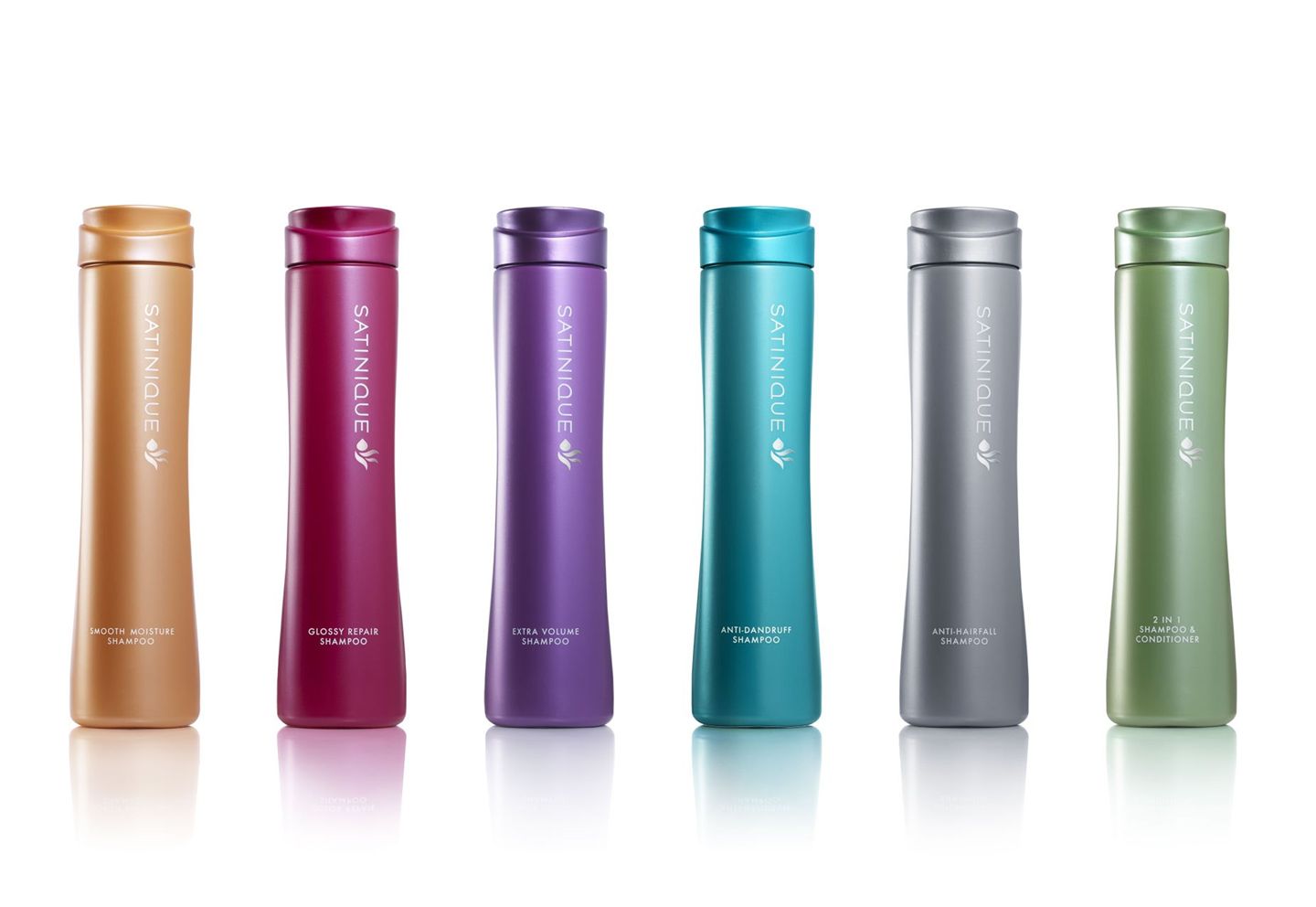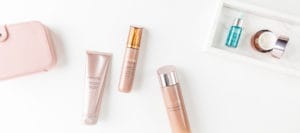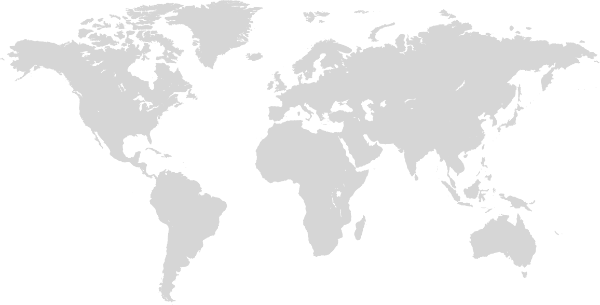When Amway Research Scientist Lane Duvel went on tour in Southeast Asia recently, he expected to introduce the new strengthening formula in Amway’s SATINIQUE™ line of haircare products to an audience that had heard little about the new formulation.
Before he finished his first presentation, however, he learned from his audience that the products were already sold out in two cities.
“The reception that we had was very, very positive,” Duvel said of the rallies that drew close to a thousand people in many of the cities throughout Malaysia, Singapore and the Philippines. It turns out that even before his visit, the excitement for the new SATINIQUE collection was strong – particularly in Manila.
For Philippine women, “hair is everything,” he said. “They give hair care a really high emphasis as part of the overall beauty experience.”
And the new SATINIQUE formulas, the first major product reformulations in nearly 15 years, are ideal for them because it targets the most annoying problems that hair can have: flat and lifeless, filled with split ends and prone to frizziness.
Asian women with characteristically straight, black and thick hair tend to wear longer hair styles, Duvel said, which makes their hair more prone to damage and split ends.
The formulas were created using a new patented technology called the ENERJUVE™ complex, which significantly increases hair’s elasticity and strength using several of the same compounds that your body produces naturally. That same newfound strength also helps hair resist the effects of air pollution, ultraviolet rays, heat from hair dryers and repeated washings. It’s exclusive to Amway’s SATINIQUE line and began its global rollout late in 2013 with Duvel’s tour in Southeast Asia.
From lab to glam
The patent for the ENERJUVE complex is not Duvel’s first. Over the course of his career working in the Amway lab surrounded by test tubes and beakers, mannequin heads with real human hair and specialized equipment that mimics repeated combing and washing, Duvel has earned eight patents to his name.
“I’m interested in haircare because it is such an important part of beauty,” said Duvel, who holds degrees in chemistry and biology. “It’s one of the very first things you notice when you meet someone, and it strongly affects how you look and how confident you feel.”
With the ENERJUVE complex, Duvel and his team — co-inventor Ernest Brumbaugh along with scientists Lianne Straathof and Rick Abbott – discovered that hair elasticity and strength can be synergistically improved by combining two ingredients: creatine and ceramides.
Creatine is an ingredient with a positive charge that is attracted to spots on damaged hair. Ceramides are organic compounds found naturally in human hair. Together, they help maintain the layer of “cement” called the cell membrane complex. That “cement” binds the hair’s cells together helping to preserve the hair’s protective sheath, or cuticle, to its main core, called the cortex. When all is well, cuticles lay flat and layered, like shingles on a roof.
“Great hair is all about balance,” Duvel said. “Every time you heat, color or expose the hair to UV rays outside, you are damaging the cell membrane complex and throwing off that balance. When the cell membrane complex is damaged, the cuticle can’t lay flat. Cuticle cells break off and in turn, the cortical cells are exposed.”
And when your cortical cells are exposed, your hair is in trouble. That condition leads to the dreaded split ends and dry, brittle hair that doesn’t have natural shine.
If you look at a strand of hair under a microscope, the flat thin cells of the cuticle overlap each other and, if the hair is healthy, have a few smooth, sweeping curves. If the hair is damaged, however, the ridges are jagged and abundant. The cuticle cells can become uplifted. Examine the cut end of healthy hair under a microscope, and it resembles a fresh sawn log; a split end more resembles a broken branch with splinters and fractures.
All those jagged ridges and split ends can add up to an unruly head of frizz and fluff. Like strands on a mop, dry and damaged hair is more efficient at sucking up moisture than properly maintained hair, which retains its own moisture content. That results in an overall expansion of hair volume, also known as a “bad hair day.”
Two are better than one
Duvel knew that ceramides help bond the cuticle and the cortex together in a strand of hair. The cuticle acts as a casing that surrounds the cortex, while the cortex consists of multiple, long strands of keratin fibers that compose the bulk of your hair. Melanin, which gives your hair color, also is found in the cortex.
With ceramides as a foundation, Duvel suspected that creatine also had the ability to increase the tensile strength of hair.
“When we started our experiments, we found that if we treated hair with a certain amount of lipids, we’d reach a certain hair strength,” Duvel said. “And if we treated hair with a certain amount of creatine, we’d get a certain hair strength. But when we combined the two at the same level, we got an improvement in hair strength greater than either one individually.
“The difference is subtle, but significant.”
Duvel had one more trick up his sleeve when the team created the new formulas: He added 18-methyleicosanoic acid, a fatty acid that only occurs naturally on the very outer layer of the hair’s cuticle. It protects hair helps make it lustrous and smooth.
“This is the perfect type of product line for strengthening, protecting and keeping the hair that you have nourished and healthy looking,” he said.




